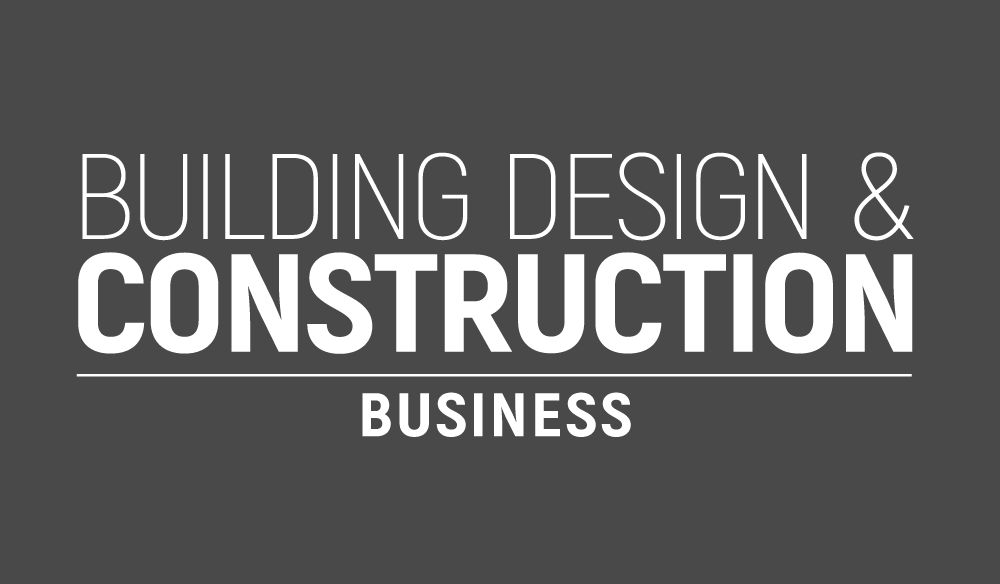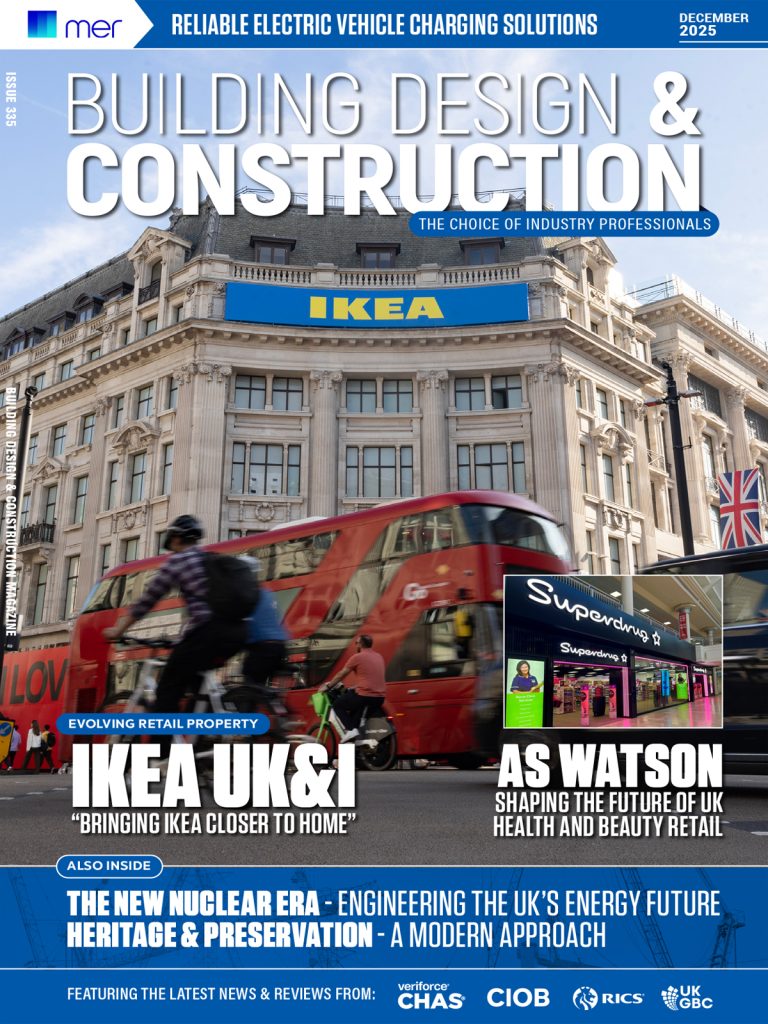Casinos are carefully crafted environments designed not just for entertainment but for immersion. Every design choice—from the brightness of a chandelier to the hum of background music—contributes to the overall mood and behavior of players. The goal is to create a space where time feels suspended, comfort is prioritised, and the urge to stay and play is subtly encouraged. By focusing on lighting, sound, and spatial layout, casino designers turn architecture and ambiance into tools of engagement.
The Role of Lighting in Player Psychology
Lighting is one of the most powerful tools in the casino environment. Unlike the bright, natural light of the outdoors, casinos rely on controlled artificial lighting to create a timeless, inviting atmosphere. There are rarely windows, and clocks are usually absent. This design choice helps players lose track of time and stay engaged longer than they might intend.
Soft, warm lighting is used around table games and slot machines to create a sense of intimacy and calm. In contrast, brighter accent lighting is used to highlight jackpots, promotions, or new machines, drawing attention and stirring excitement. LED lights, in particular, are popular for their versatility. Designers can adjust color temperatures to suit different zones or times of day and use flashing lights to signal wins or encourage play.
In more modern casinos, dynamic lighting—where the color and intensity shift subtly over time—is being introduced to keep the atmosphere fresh without disrupting the mood. Even bathrooms and lounges are lit to feel luxurious and relaxing, which keeps the energy from dipping and encourages players to return to the gaming floor.
Online casinos also use lighting creatively, with dynamic color schemes and effects that mimic the atmosphere of physical casinos. Flashing lights, changing colors, and immersive visuals enhance the excitement and engagement of virtual players. Many of the best casino sites UK players can register at use these techniques in conjunction with swift payouts, flexible payment options, extensive game libraries, and enticing bonuses such as welcome rewards, free spins, and cashback offers to keep players captivated and engaged with a platform. Whether online or at a physical casino, the careful use of lighting is essential in shaping the player experience, influencing emotions, and creating an atmosphere that keeps players engaged and excited.
Sound Design and Its Subtle Influence
Sound design is far from random, and when done right, it can create an emotional connection with customers. From the moment guests walk in, they’re surrounded by a carefully curated audio landscape. The combination of music, machine sounds, and crowd noise is intended to build energy without overwhelming the senses.
Slot machines emit satisfying chimes, clinks, and celebratory jingles to reinforce the feeling of reward. These sounds are carefully engineered, often tested on focus groups, to make wins feel more impactful—even when the payout is small. Background music in casinos is usually upbeat but non-intrusive. It sets a rhythm that matches the pace of play, contributing to the sensation of flow.
In table game areas, the sound is more subdued, allowing for conversation and concentration. Dealers are trained to speak in tones that reflect calm and professionalism, and chips are designed to make distinctive yet pleasant sounds when handled or stacked.
Some newer venues are also experimenting with sound zoning—using directional speakers to provide different audio experiences in different sections of the casino. This ensures that one area can feel energetic while another feels relaxed, depending on the type of games offered and the expected player behavior.
Space and Movement: Guiding the Experience
A casino’s layout is carefully planned. It encourages movement, limits exits, and guides players on a set path. The maze-like design keeps visitors exploring, with machines and tables arranged to slow people down and prompt pauses.
Slot machines near entrances grab attention with lights and sound. High-limit areas are tucked away, offering privacy and comfort. Curved paths lead guests through the space calmly and naturally.
Lounges, bars, and restaurants are placed so guests can take breaks without leaving. The seating is comfy but not too relaxing, subtly nudging people back to play. Carpet patterns often draw the eye to jackpots or new games.
Airflow and temperature are also planned. Casinos stay at a steady, comfortable temperature, and strong ventilation helps with air quality, especially in places where smoking is allowed.
A Multi-Sensory Strategy
When combined, lighting, sound, and spatial design create a multi-sensory experience that keeps players engaged. It’s not about manipulation but about immersion. The goal is to reduce distractions, promote comfort, and keep players in a mindset where play feels natural and enjoyable.
Some casinos are now integrating technology into this mix, using digital signage, interactive touchscreens, and mobile integrations to personalise the environment even further. Personalised lighting profiles, music preferences, and game suggestions are becoming part of the broader design landscape, adding a tech-forward dimension to traditional casino environments.
Conclusion
A casino is more than just games, it’s a crafted atmosphere where every design choice matters. Lighting sets the mood, sound boosts emotion, and space guides movement. These elements shape how people feel and act. As casinos evolve, design and psychology will stay at the heart of creating immersive experiences.






